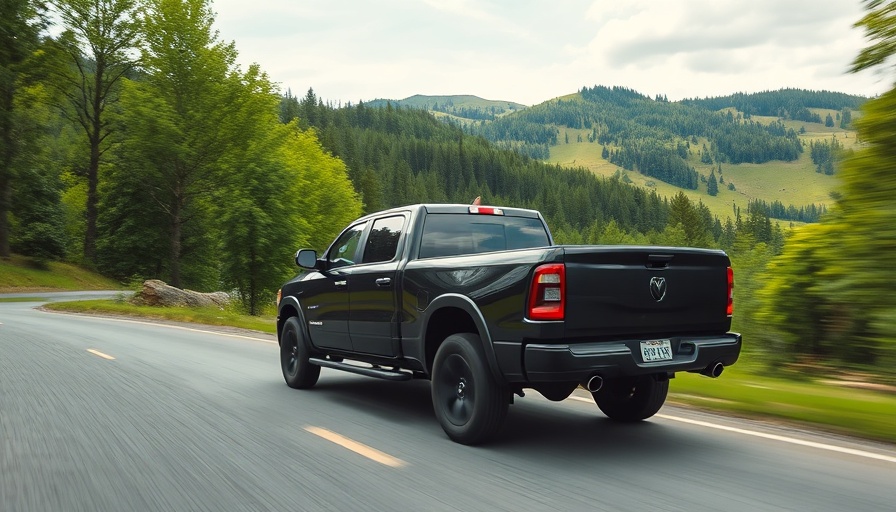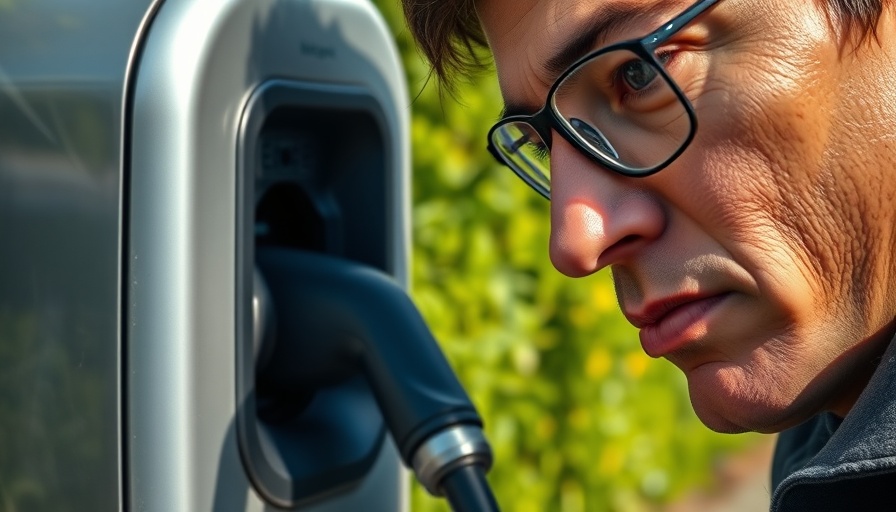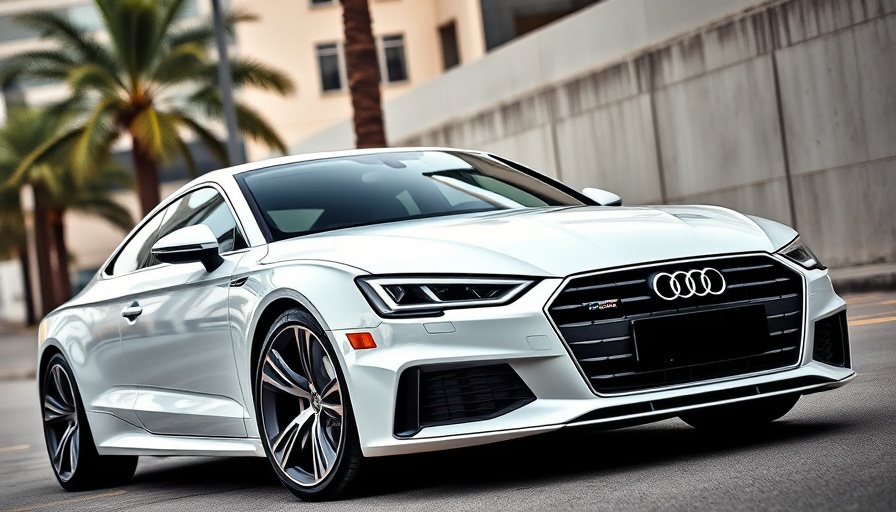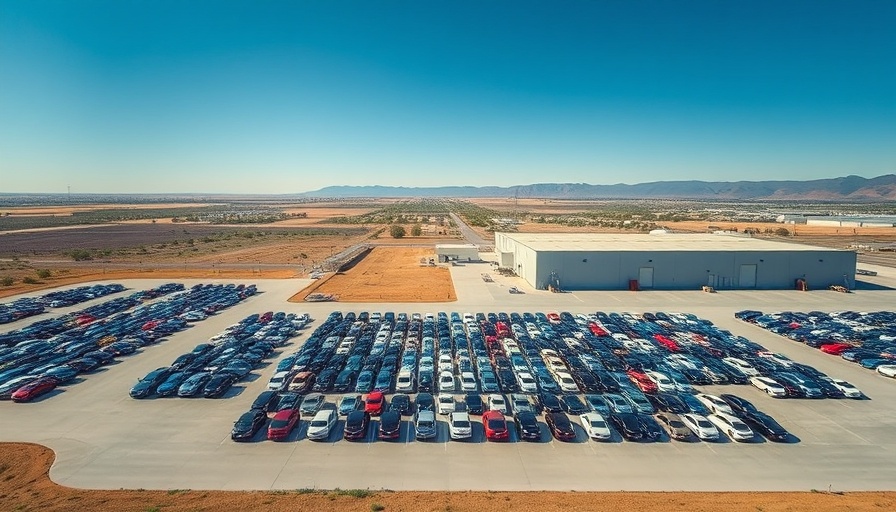
Plug-In Hybrids: A Bridge to the Future of Electric Vehicles
As the automotive industry races towards a greener future, plug-in hybrids (PHEVs) are becoming an increasingly common point of discussion. Are these vehicles merely a transitional technology, or do they represent a viable solution for environmentally conscious drivers? The answer isn't straightforward—it's a convergence of consumer demand, government regulations, and technological advancement.
Complexity and Performance: The Role of Plug-In Hybrids
PHEVs are engineered to offer a unique driving experience, combining the joys of electric vehicle operation while retaining the convenience of a traditional gas engine for longer trips. With a larger battery than conventional hybrids, drivers can expect significant electric-only range capabilities. In particular, new models are emerging with ranges that could reach up to 70 miles on a full charge, bringing them closer to the fully electric experience without the anxiety of running out of charge on a long journey.
The Evolving Landscape of PHEVs: Upcoming Models
There’s exciting news for car dealerships and their customers, as 2025 is poised to introduce several innovative PHEVs. Notably, models like the next-generation Toyota Prius Prime and the Hyundai Tucson Plug-In Hybrid are set for release, focusing on enhanced electric ranges and advanced technologies. The 2025 Range Rover SE Plug-In Hybrid leads the charge with a commendable 51 electric miles, while Toyota’s latest offerings promise similar advancements. These innovations not only cater to consumer preferences but also align with stricter state regulations on emissions.
Current Trends and Market Insights
Amidst an evolving landscape, manufacturers are adjusting to new regulations that increasingly favor electric vehicles. The International Council on Clean Transportation found that many drivers are utilizing their PHEVs well below EPA estimates, raising concerns about their real-world emissions. This has spurred both the EPA and automotive companies to rethink plug-in hybrid designs, favoring electric power over gasoline engines. This trend signals a potential decrease in hybrid complexity and an emphasis on electric range.
Consumer Perspectives: Navigating Choices
For dealerships, understanding consumer sentiment is key. While some drivers appreciate the flexibility of PHEVs, others await a more straightforward transition to fully electric options. As manufacturers push for greater electric range and performance, consumer education will play a critical role in facilitating this transition. Leveraging customer insights can guide inventory choices and enhance sales strategies.
Looking Ahead: The Future of PHEVs
The development of plug-in hybrids is a direct response to consumer needs, regulatory environments, and technological capabilities. As the industry moves forward, both traditional and plug-in hybrids will likely see increased emphasis on electric driving experiences. For dealerships and finance managers, tapping into growth opportunities in this segment is essential. Understanding emerging models, customer preferences, and regulatory changes will empower retail sales operations and financing strategies.
 Add Row
Add Row  Add
Add 




Write A Comment